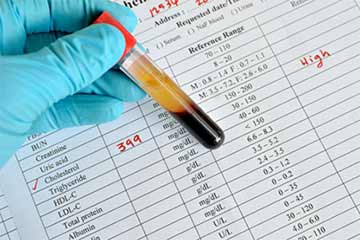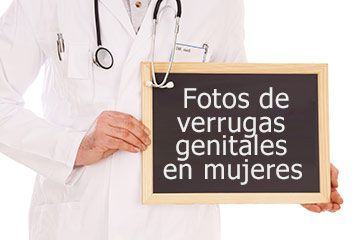Age-related factors that influence fertility
It is currently believed that women are born with between 1 and 2 million eggs, with the number decreasing throughout life. A gradual decline in fertility begins around age 32 and continues to decrease rapidly after age 37 because of the reduction in the number and quality of eggs in the ovaries.1 The lower number of eggs leads to changes in hormone levels, which further reduces a woman's fertility.
New research suggests that eggs can be made from stem cells in the ovaries.2 This finding challenges the belief that women are born with a certain number of eggs, and the discovery could help women undergoing early menopause or preserve fertility for women undergoing cancer treatment.
Increasing age also increases the risk for certain diseases that can contribute to a loss of fertility. These include:
- Uterine fibroids
- Tubal disease, a general term that describes any number of infections that impact the fallopian tubes
- Endometriosis
In addition, women with a history of ovarian surgery, chemotherapy, radiation therapy, severe endometriosis, smoking, or pelvic infections may have premature reduction in the number of eggs in the ovaries and a simultaneous reduction in fertility.
As a woman ages, the risk increases for miscarriage and for having an embryo with abnormal chromosomes, which can lead to problems with development and loss of the pregnancy.
Because of the decrease in fertility, women older than age 35 who have not been able to get pregnant after 6 months of unprotected sex should consult with a health care professional.
Miscarriage and Stillbirth
Some women are able to conceive but are not able to carry a pregnancy to term. If loss of the pregnancy occurs before 20 weeks of gestation, it is called a miscarriage. If the loss occurs after 20 weeks of gestation, it is called a stillbirth. When multiple losses of pregnancy occur, it is called repeated or recurrent miscarriage. Women should seek medical advice after two or more failed pregnancies to determine the cause.3
Abnormal chromosomes (structures that contain DNA) in the embryo cause more than 50% of miscarriages that occur during the first 13 weeks of pregnancy.4 In cases of repeated miscarriage, abnormalities in the mother's or father's genes may prevent an embryo from developing.
Many other factors affect the risk of having repeated miscarriages. These include 5:
- Structural problems with a woman's uterus, including uterine fibroids or an unusually shaped uterus
- Lupus or other autoimmune disease
- Heart disease
- Kidney disease when linked with high blood pressure
- Diabetes
- Thyroid disease
- Infection in the uterus
- PCOS
- Antiphospholipid syndrome, an autoimmune disorder caused when immune system cells that normally target bacteria and viruses attack healthy body tissues and organs instead
- Hormone imbalances
- Blood clotting disorders
- A cervix that opens too wide or too soon with no signs of labor
In at least half of stillbirths, the cause cannot be identified.6
- Committee on Gynecologic Practice of American College of Obstetricians and Gynecologists; Practice Committee of American Society for Reproductive Medicine. (2008). Age-related fertility decline: A committee opinion. Fertility and Sterility, 90(5 Suppl), S154–S155. [top]
- White, Y. A. R., Woods, D. C., Takai, Y., Ishihara, O., Seki, H., & Tilly, J. L. (2012). Oocyte formation by mitotically active germ cells purified from ovaries of reproductive-age women. Nature Medicine. Retrieved June 11, 2012, from doi:10.1038/nm.2669 [top]
- Practice Committee of the American Society for Reproductive Medicine. (2008). Definitions of infertility and recurrent pregnancy loss. Fertility and Sterility, 90(5 Suppl), S60. [top]
- The American College of Obstetricians and Gynecologists. (2011). FAQ100: Repeated miscarriage. Retrieved June 11, 2012, from https://www.acog.org/~/media/For%20Patients/faq100.pdf?dmc=1&ts=20120723T1306335157 [top]
- The American College of Obstetricians and Gynecologists. (2011). FAQ100: Repeated miscarriage. Retrieved June 11, 2012, from https://www.acog.org/~/media/For%20Patients/faq100.pdf?dmc=1&ts=20120723T1306335157 [top]
- NICHD. (2010). Research on miscarriage and stillbirth. Retrieved June 11, 2012, fromhttp://www.nichd.nih.gov/health/topics/pregnancyloss/researchinfo/Pages/default.aspx [top]
Source
Age-Related Factors That Influence Fertility
Eunice Kennedy Shriver National Institute of
Child Health and Human Development (NICHD)
Geosalud, August 11, 2013






